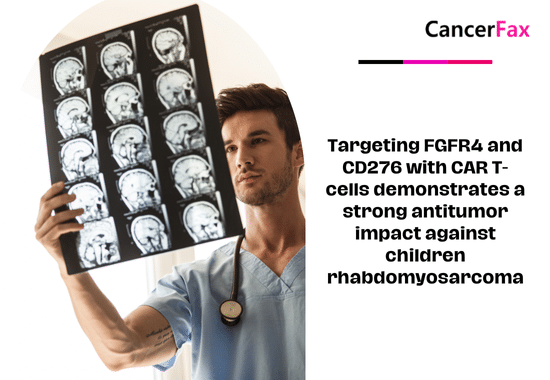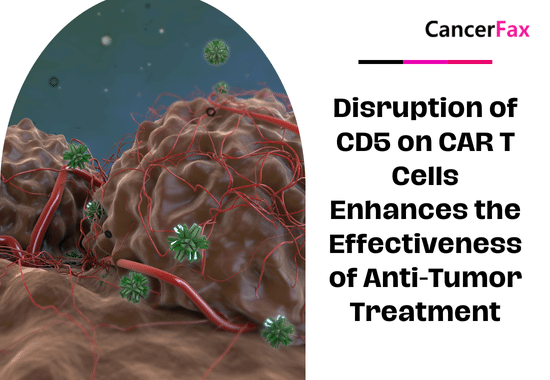The Cleveland Clinic of the United States Eric D. His et al. Reported that the diagnosis of peripheral T cell lymphoma (PTCL) in the United States varies greatly, and often lacks important phenotypic information to fully distinguish lymphoma. Considering the upcoming World Health Organization classification, the testing gap for selected markers should be filled. Accurate diagnosis is becoming more and more important, it will bring us into the era of targeted therapy of PTCL. (Clin Lymphoma Myeloma Leuk. 2017; 17: 193-200.)
With the deepening of understanding of the unique population of peripheral T-cell lymphoma (PTCL), subtype-specific research methods continue to emerge, and accurate diagnosis becomes more and more important.
The study obtained data from the study of comprehensive treatment measures for peripheral T-cell lymphoma (COMPLETE) and conducted a methodological analysis of patients with histopathological diagnosis of PTCL. The COMPLETE study is a large prospective cohort study of patients with new-onset PTCL in the United States. The results show that 499 patients were enrolled from 40 academic institutions and 15 community centers. A baseline assessment form was collected in 493 cases, of which 435 (88%) were available for analysis. The most common diagnoses are PTCL, unspecified PTCL (PTCL-NOS), anaplastic large cell lymphoma and angioimmunoblastic T cell lymphoma (AITL). Each patient evaluated an average of 10 (0-21) markers. CD30 is routinely evaluated, but the expression of CD30 is inconsistent in patients who are not anaplastic large cell lymphoma. Only 17% of patients with PTCL-NOS evaluated PD1 expression. CXCL13 is a more sensitive indicator of AITL. The expression rate of AITL patients is 84%, but only 3% of PTCL-NOS patients have detected the expression of CXCL13. The evaluation results of follicular helper T cell markers are different among patients in academic institutions and communities. Academic institutions more often evaluate the expression of PD1 in patients with AITL (62% vs 12%, P = 0.01).

